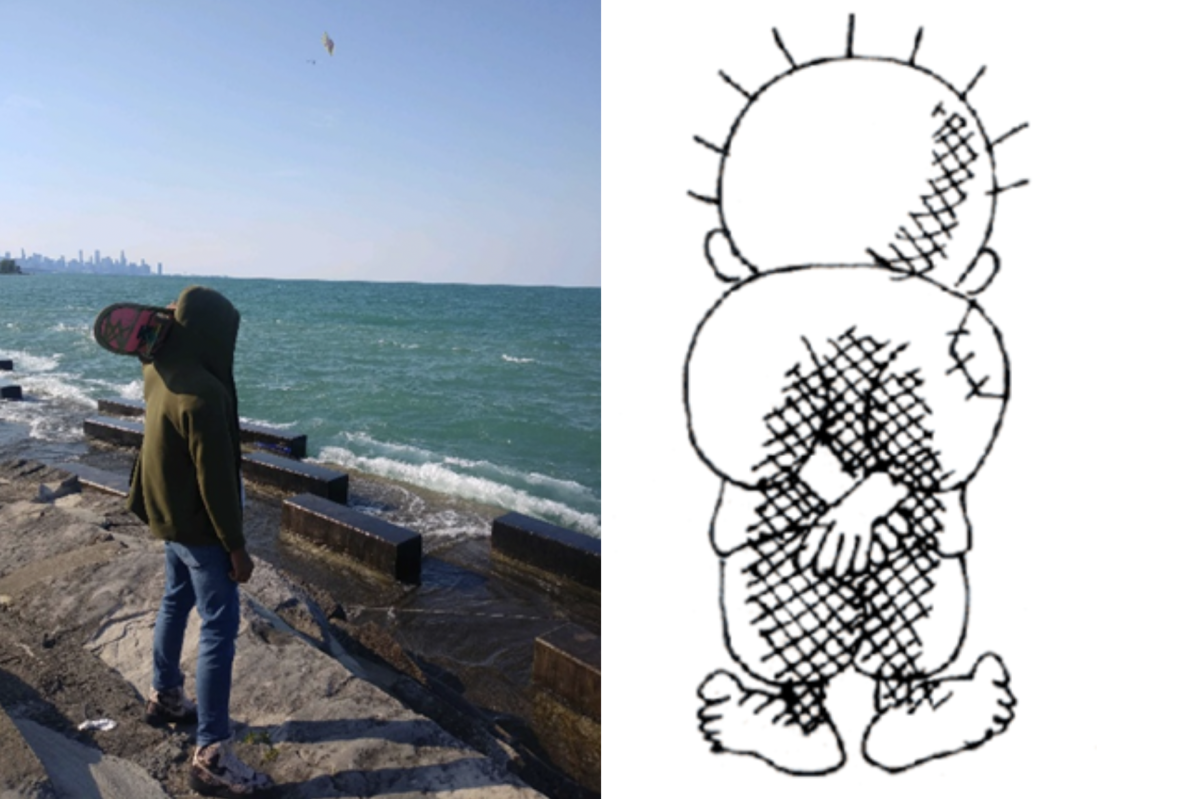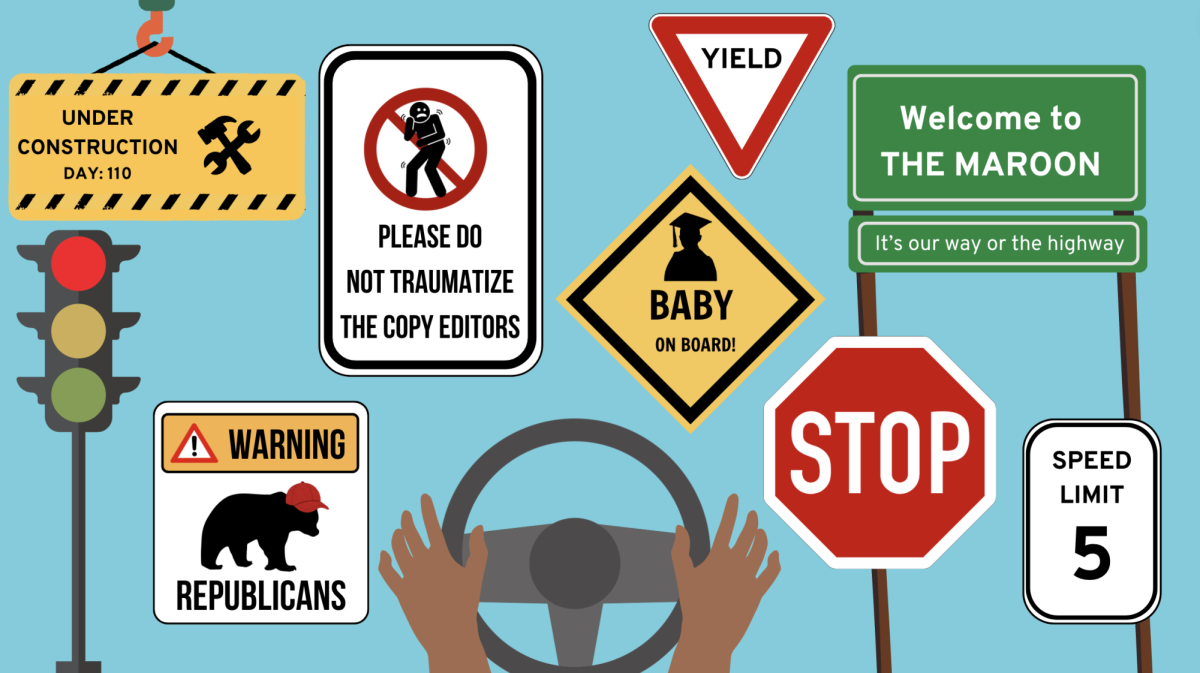Grey areas of abortion law
Tara Kadioglu’s article on abortion (“Abortion more than a black and white issue,” 2/13/07) is a commendable effort. Unfortunately, it is riddled with unnecessary factual errors and contested assertions. Both Barnum’s and Kadioglu’s articles seem to miss a fundamental point: abortion law in this country is not a black and white issue. Kadioglu avers that, “Any acknowledgment of gray areas and you’re definitively a pro-choicer.” I fail to see how this follows. It is quite possible to create laws that restrict, but do not ban, abortion. One might note that Roe v. Wade (nowhere mentioned in the piece), the case that defines abortion law in this country, only guarantees abortions during the first trimester and those necessary for the health of the woman. In fact, gray areas exist on the Supreme Court: Justice Kennedy affirmed Roe v. Wade in Planned Parenthood v. Casey yet vigorously dissented in Stenberg v. Carhart (he favored upholding the law), which overturned a ban on partial birth abortions.
The section on the Constitution offers several hypotheticals, some of which border on the absurd. If the death penalty is not “cruel and unusual,” it is hard to imagine having a child being so. Perhaps giving birth is itself proscribed by the Constitution. The Roe decision explicitly rejected the Ninth Amendment argument for a right to abortion; Justice Douglas noted in his concurrence, “The Ninth Amendment obviously does not create federally enforceable rights.” Griswold did not “elaborate on this” as it had nothing to do with the Ninth Amendment (it was based on penumbras and the 14th), and established a right to marital, not personal, privacy. Finally, I would hope that Kadioglu is not suggesting people were not protected under the constitution until the fourteenth amendment was enacted. A constitutional right to abortion may exist, but it is quite elusive. Efforts to codify such a right (e.g. the ERA) have not been successful.
It is important to recognize gray areas within abortion law. Unfortunately, this article does not find them, instead opting for an inflexible pro-choice position. One might consider whether medical professionals might be more appropriate to make health decisions, or when exactly the bundle of cells starts to deserve some rights. Are some abortion procedures inhumane? Should counseling be mandatory before the procedure? These are questions that reasonable people can disagree on, and that in a representative democracy like ours legislatures, following intellectual debate, should decide.
Jihan Varisco
Class of 2007
Errors in pro-life and pro-choice arguments
Tara Kadioglu’s response to abortion draws attention to some of the errors in the traditional pro-life (or, in Kadioglu’s terms, “no-choice”) argument, one which Matt Barnum’s previous article apparently represents. Ms. Kadioglu herself, however, commits some errors along the way.
Kadioglu succeeds, I think, in showing the reader how the traditional no-choice position, as defended by Barnum, frequently overlooks the hardship a woman meets by carrying a fetus to term. Adoption, a primary alternative to abortion, involves a process that is in every way longer and more complicated than terminating the pregnancy. Kadioglu does not mention here that some medical studies have correlated certain cancers in women to having an abortion. This is a minor oversight. That a handful of studies indicate increased risk should promote further research, certainly. But they alone cannot determine policy.
Nor should inconsistent judicial hermeneutics determine policy; this logic is exactly what both Blackmun’s Roe v. Wade opinion and Kadioglu’s reasoning exhibit. The right to privacy, says the court, is broad enough to cover a woman’s right to choose. Both the court and Kadioglu make this claim based on previous rulings such as the Griswold decision. A narrow definition for a person, namely someone who is born from the womb, etc., is used by the court and Kadioglu to dismiss the possibility that a fetus has a right to life. Neither the court nor Kadioglu justifies this hermeneutic to the reader.
Roe and Kadioglu fail to deal carefully with the “gray areas” of personhood in light of philosophy, science, and biology. The court’s decision mentions this difficulty only to say that determining personhood through science has yet to be accomplished. This is perhaps the strongest reason why abortion should be strongly limited; only abortions prior to the “quickening” of a pregnancy were not criminal (note that I neither say “banned” nor “limited,” since abortion already can be limited). That the Constitution refers to persons as “born” is obvious: such a drawn-out debate about personhood never existed prior to Roe.
Actually, this last claim about debates of personhood is not quite correct. As Professor Marion of the Divinity School pointed out in a class I took from him, personhood debates have existed quite often in human history—but have usually concerned the rights of slaves, women, minorities generally, and Jews specifically. These are the rights of the persons Kadioglu of all people would likely support. Such attempts to define who and what is human in a positive way, Marion said, occur precisely when the defining society wants to do harm, even cruelty, to other members of the human race. Let me say that this is not attributing guilt by association to members of the pro-choice position. Rather, it is a serious consideration to both positions to resist defining human life in a positive way. It is unquestioned that women and embryos share half the same DNA; whether they are both persons is unknown. It makes no sense to make policy out of indeterminacy.
Joel Avila
Class of 2007






